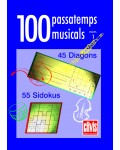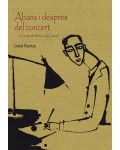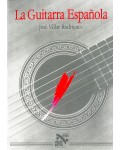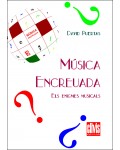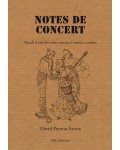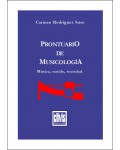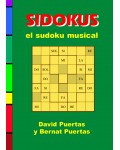
No products
Prices are tax included
Product successfully added to your shopping cart
There are 0 items in your cart. There is 1 item in your cart.
- English
- Castellano
- Català
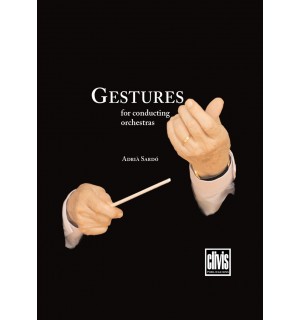 View larger
View larger
GESTURES for conducting orchestras
DN024
Gestures are what the conductor uses to communicate with the orchestra and to be able to express what he feels about the music it is playing.
| Text language | English |
| Pages | 81 |
| Price of print edition | 15,60€ |
| ISBN | 978-84-96604-14-8 |
| Edition | Digital |
We will not wax poetical about it. We will only talk about the gestures; we will not talk about styles nor will we give musical examples by established authors.
Gestures must be simple, clear and able to be understood by the orchestra, and easy for the conductor to do, because his thoughts must send orders to the baton quickly, whether he is conducting a symphony in which he is the performer, or whether he is accompanying a violin or piano concerto or a singer, in which case the conductor accompanies the soloist.
Facial expression also helps gestures, which shows us that we need to adjust our entire body, in other words, we need to adapt it so that it goes with the music.
People do not speak about gestures very much, I think it is something that is greatly ignored, and this can be seen and heard when the conductor’s gestures do not correspond to what the orchestra is playing.
Whoever stands in front of a students' orchestra to conduct them and is not suitably trained or prepared, can do a lot of harm to the students and to himself. In fact, when conducting an orchestra there are two very strange things: there are those who believe that they "do not need to learn" and there are also those who believe that they "can teach".
Adrià Sardó






